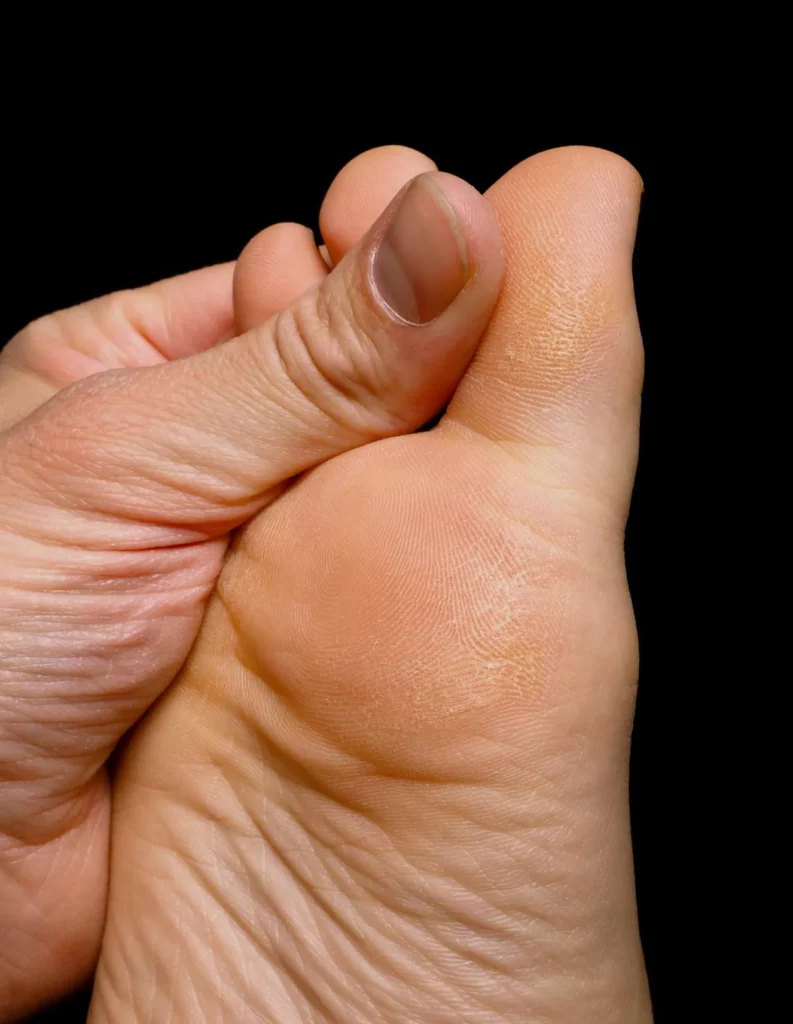Excellence in Rheumatology Care since 1977. Accepting New Patients
Oct 25, 2018
When you struggle with back pain and discomfort, you may assume that you are just getting older or have tweaked your back somehow.
However, when your back just does not seem to heal or you experience repeated pain flare-ups, you might have a different back problem.
One condition that causes back pain is ankylosing spondylitis. Get to know some of the facts about ankylosing spondylitis and the available treatments. Then, get the help you need as soon as possible if you believe you have this condition.
Understand Ankylosing Spondylitis
Ankylosing spondylitis is a chronic inflammatory condition much like arthritis, meaning tissues will become irritated and inflamed periodically. You will not know when these flare-ups will occur nor how long they will last.
Ankylosing spondylitis affects the sacroiliac joints as well as the spine itself. The sacroiliac joints connect the bottom part of the spine (the sacrum) with the pelvic bone (the iliac bone), causing lower back pain.
While ankylosing spondylitis most commonly affects the spine and hips, it can occur in the heels, shoulders, and even in the area of your ribs.
Learn Who Suffers From Ankylosing Spondylitis
Ankylosing spondylitis more commonly affects men than women. The disorder usually develops in young adulthood (from the ages of 15 to 25), though this is not always the case.
Additionally, ankylosing spondylitis often occurs in people who have a family history of the disorder. If a family member has other conditions like arthritis, the risk of developing ankylosing spondylitis is also higher.
Know What Happens From Ankylosing Spondylitis
When a person suffers from ankylosing spondylitis, they will experience flare-ups in which they will feel pain and stiffness in the areas the condition affected.
However, temporary pain and stiffness are not the only potential issues that ankylosing spondylitis caused. The bones of the spine can fuse as well. This, in turn, leads to back inflexibility that is long-lasting and debilitating.
Other potential complications of ankylosing spondylitis include inflammation in the aorta, which can cause heart problems, eye inflammation, and even spine fractures.
Discover What Doctors Can Do About Ankylosing Spondylitis
While no cure exists for ankylosing spondylitis, treatments can help a person better manage it. One of the first lines of defense for ankylosing spondylitis flare-ups is the use of nonsteroidal anti-inflammatory drugs (NSAIDs). These medications can be prescription or over-the-counter (like ibuprofen) that a person can take daily to manage pain.
However, for some people with ankylosing spondylitis, NSAIDs are simply not a viable option. Either they do not work for their pain or the person develops stomach issues because of the medications. Additionally, doctors don’t recommend NSAIDs for long-term symptom treatment and maintenance because they can increase the risk of heart attack, stroke, and kidney damage.
Other medications help with ankylosing spondylitis including corticosteroids and immunosuppressive drugs. Such medications are to address inflammation as well as the underlying immune system reactions that cause said inflammation.
If the condition is severe and causes significant damage to the spine or the joints, surgery could help to manage the condition. However, doctors don’t often recommend surgery because it does not eradicate ankylosing spondylitis but instead addresses its effects.
A laminectomy, for example, removes part of the vertebra to relieve pressure on the spinal nerves. Another surgical option is to fuse several spinal vertebrae together to try to correct the spinal curvature that ankylosing spondylitis caused. A patient may require other surgical procedures to alleviate the problems this condition causes including joint replacements.
Knowing these facts about ankylosing spondylitis, contact a specialist from Sarasota Arthritis Center as soon as possible if you believe you may suffer from this condition.

Frequently Asked Questions About Exercise for Arthritis
About 54.4 million adult Americans suffer from some form of arthritis, with 23.7 million of them experiencing symptoms that limit their physical function and reduce their quality of life.

Causes and Treatments for Gout | Sarasota Arthritis Center
Gout is actually a type of arthritis, and it can affect many joints, causing mild to severe pain.

Back Pain That Won’t Go Away? Get Checked for Spondyloarthritis
You may have heard of osteoarthritis or rheumatoid arthritis, but have you heard of spondyloarthritis?



We are able to see patients by appointment only. If you need to cancel an appointment, please contact our office at least 24 hours in advance. To expedite the check-in process prior to your appointment, please complete the pre-registration paperwork that will be emailed and texted to you through Phreesia. Please bring your insurance cards, method of payment, and identification with you to every appointment.